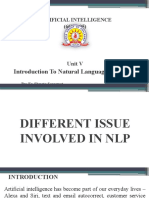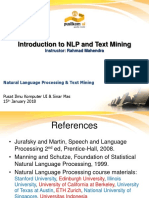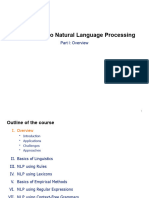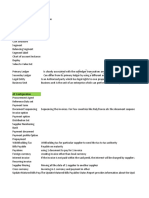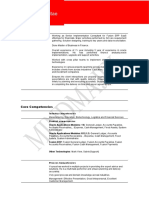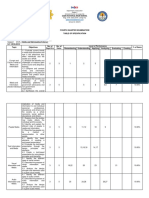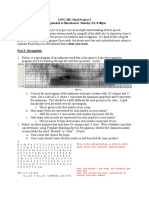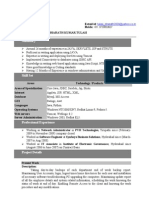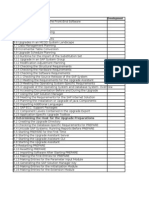0% found this document useful (0 votes)
9 views93 pagesLesson 1 Introduction To Natural Language Processing
Uploaded by
pradeep191988Copyright
© © All Rights Reserved
We take content rights seriously. If you suspect this is your content, claim it here.
Available Formats
Download as PDF, TXT or read online on Scribd
0% found this document useful (0 votes)
9 views93 pagesLesson 1 Introduction To Natural Language Processing
Uploaded by
pradeep191988Copyright
© © All Rights Reserved
We take content rights seriously. If you suspect this is your content, claim it here.
Available Formats
Download as PDF, TXT or read online on Scribd
/ 93











